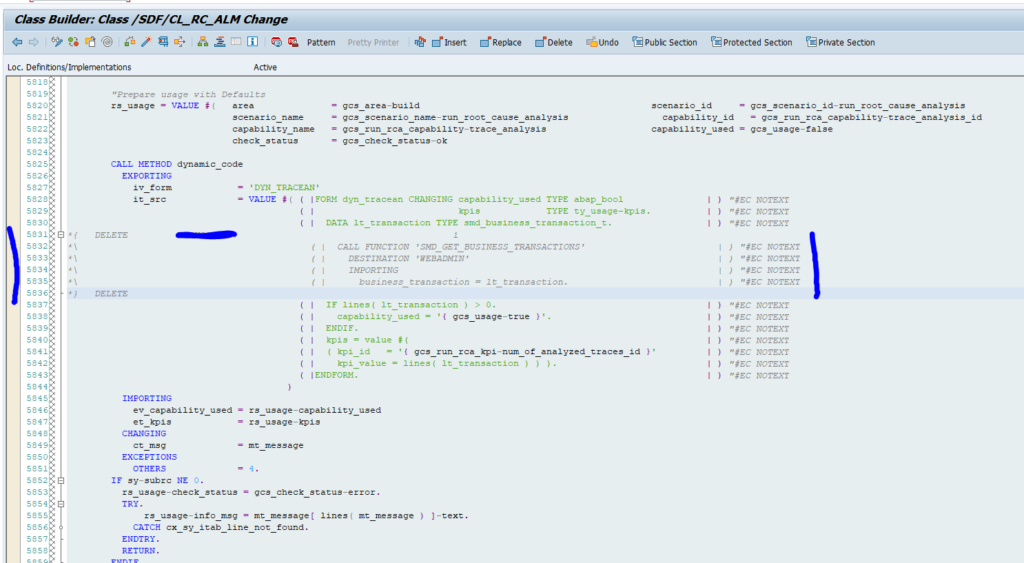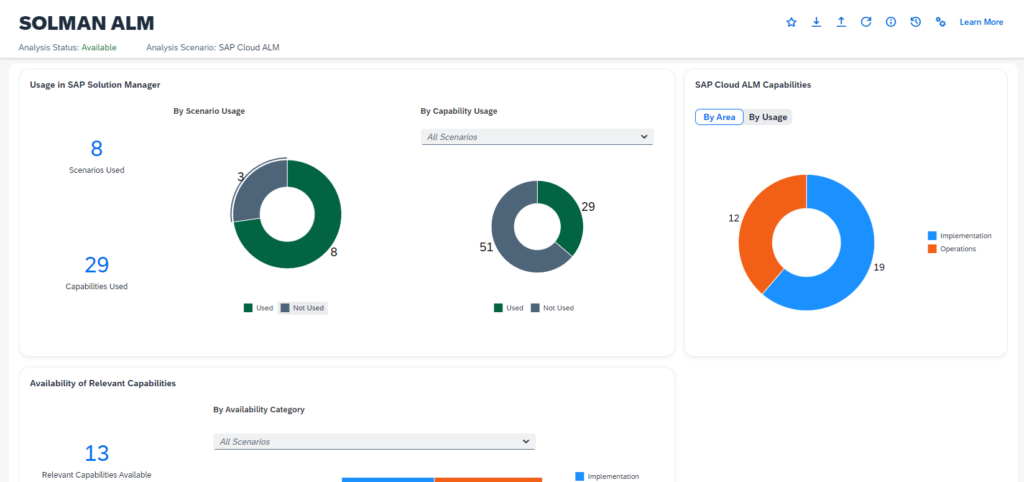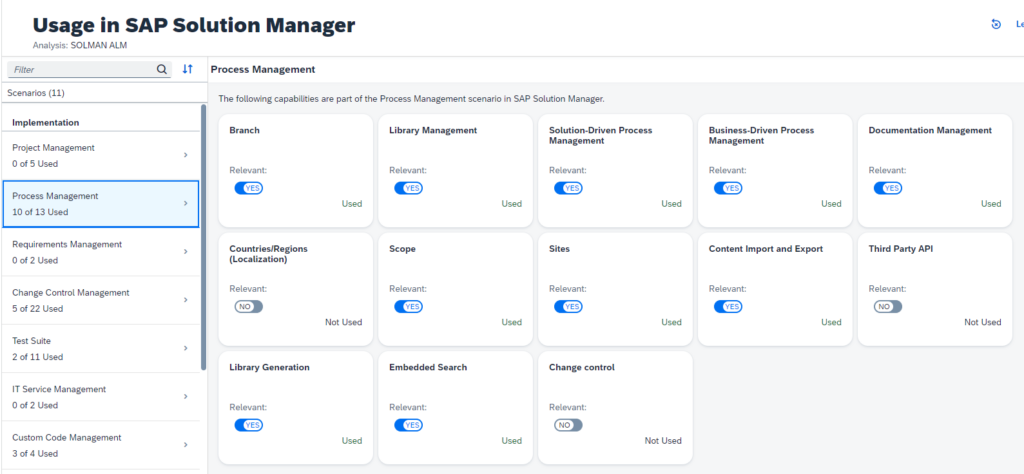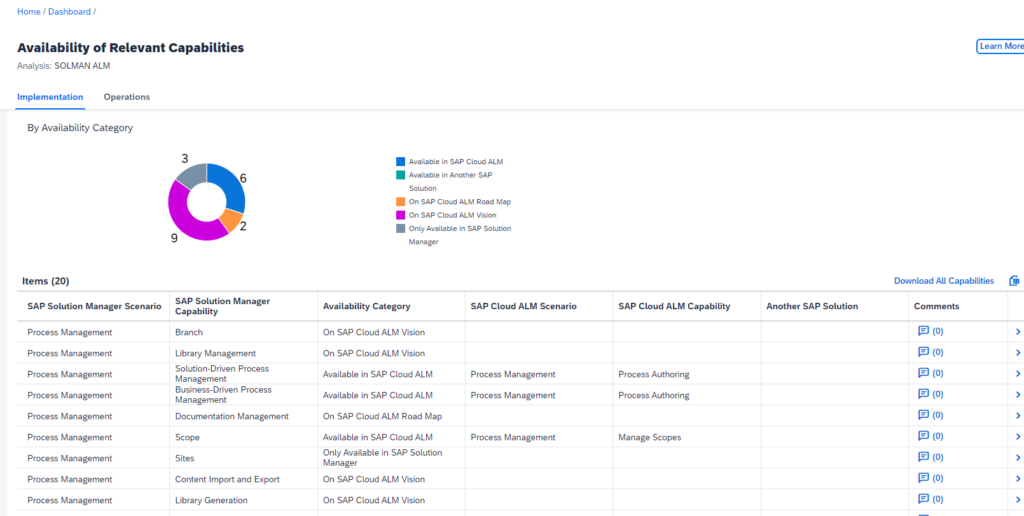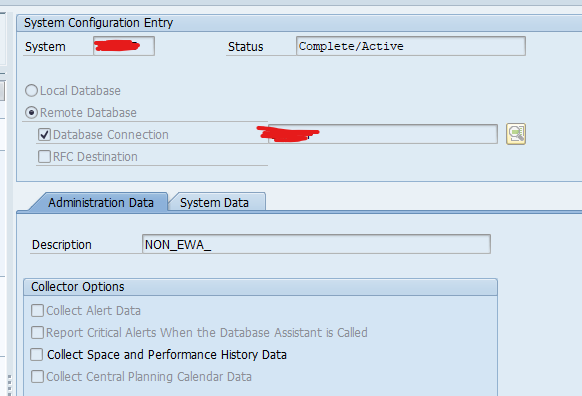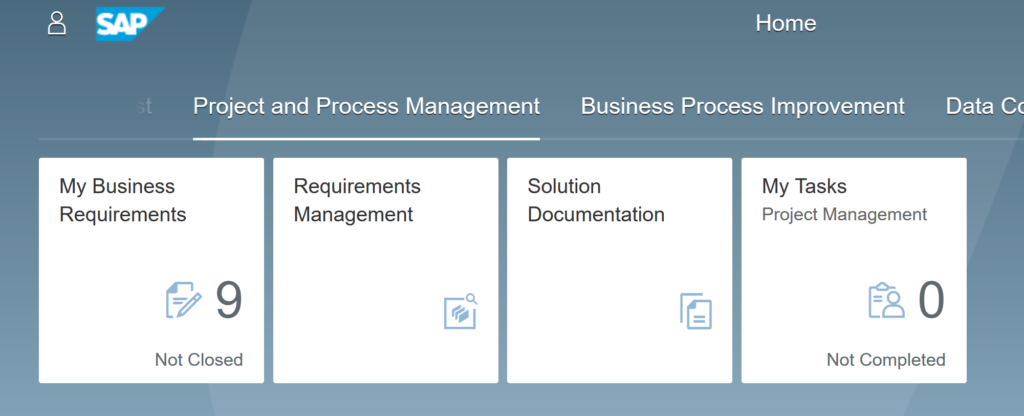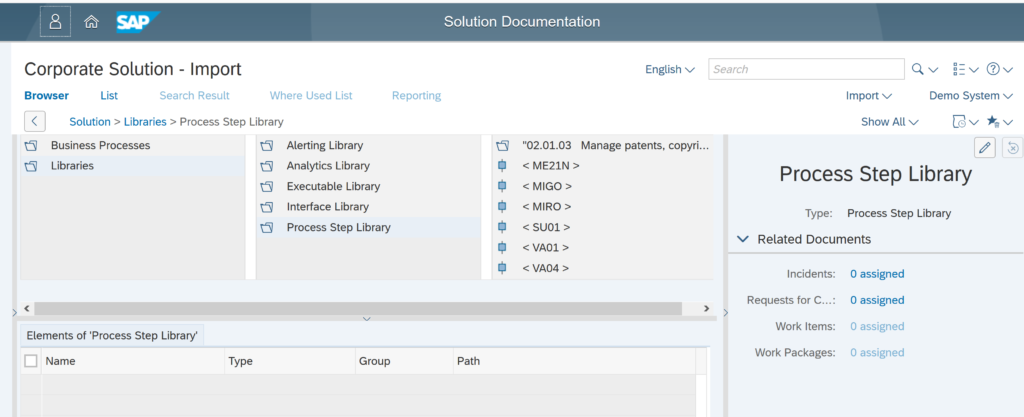SAP will stop supporting SAP solution manager by 31.12.2027. All its functions will be migrated to SAP Cloud ALM.
The SAP readiness check for Cloud ALM will check the usage of current functions in your SAP solution manager and will validate if replacements in Cloud ALM are already present.
Since Cloud ALM is constantly growing in functionality you better run this check yearly. It is up to each customer to decide to move to SAP Cloud ALM for part of the functions or to wait until all functions are available.
There are other readiness checks as well:
Preparation in SAP solution manager
Apply the latest version of SAP note 3236443 – SAP Readiness Check for SAP Cloud ALM to your SAP solution manager system. Run program /SDF/RC_ALM_COLLECT_DATA in your solution manager production system.
It might be that your RFC for destination WEBADMIN is not setup correctly. That will cause a short dump.
If you are not using Trace Analysis function, you can remove code to this call in the local definition of class /SDF/CL_RC_ALM:
Running the check
Run program /SDF/RC_ALM_COLLECT_DATA in your solution manager production system. Select the option Schedule Analysis:
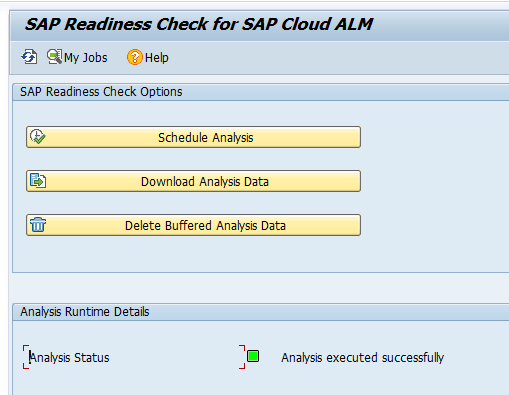
When the job is finished select Download Analysis Data and save the file.
Upload the result file on the Readiness page in SAP for me on this URL.
Result of the check
After the upload, wait up to 1 hour for SAP to process the results. For full explanation of the checks, read this SAP blog. Short description is below:
Top left you get an overview of the capabilities that were detected that are currently in use in Solution manager, or were used in the past:
Below is the most important overview. This shows if your used functions are available on Cloud ALM or will come in the near future, or only on the far Vision future:
SAP Cloud ALM positioning
Read more on SAP Cloud ALM positioning in this blog.
SAP Cloud ALM activation
Read more on SAP Cloud ALM activation in this blog.
Solution manager clean up
For parts of solution manager that you don’t use, you can perform the technical clean up.

